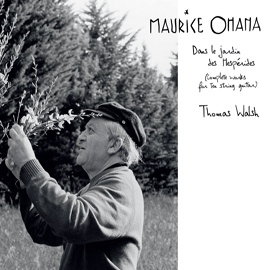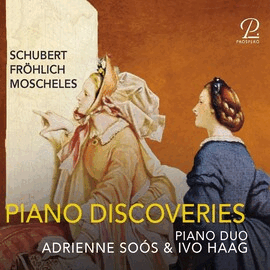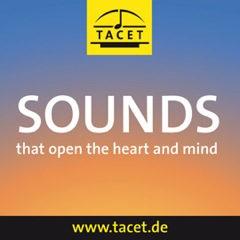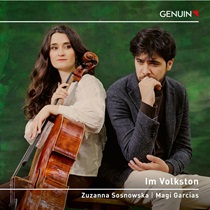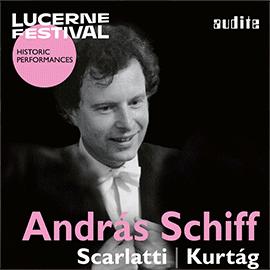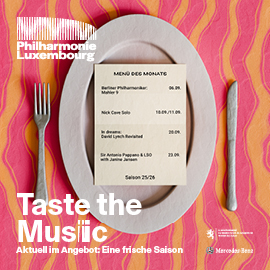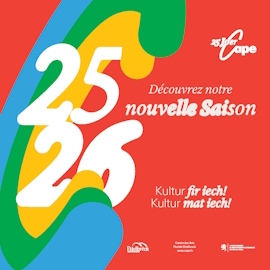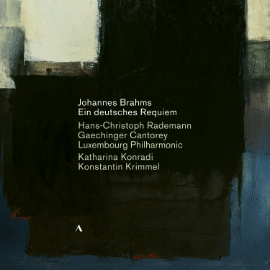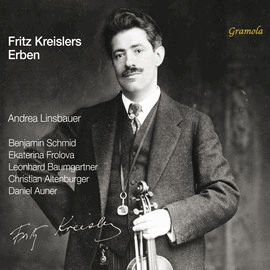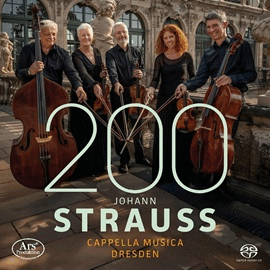Geistig sehr nahe sind sich die Cellistin Zuzanna Sosnowska und der Pianist Magi Garcias in ihrem Bemühen, das Volkstümliche, das die hier gespielten Werke inspirierte, hörbar zu machen, also über Schumann oder de Falla hinaus die Ursprünge zu zeigen.
Neben diesem volkstümlichen Charakter aber lassen die sensible Zuzanna Sosnowska und Magi Garcias, ihr einfühlsamer, gut auf sie hörender Partner, diese Musik mit großer Einfühlungsgabe und einem Sinn für das Poetische und zugleich für das Abgründige, die so stark in Schumanns romantischer Nostalgie verwurzelt sind, ganz selbstverständlich aufblühen.
Auch in den Siete Canciones Populares Espanolas geht es den Interpreten um eine sehr lyrische, poetische Gestaltung der kleinen Kammermusikwerke. Dabei singt das Cello der Polin wirklich schön und manchmal entrückt, und das Klavierspiel ihres Ehemanns, des aus Palma stammenden Magi Garcia, ist in seiner schillernden Farbigkeit und rhythmischen Prägnanz ein kammermusikalisch wirksames Pendant zum Cello.
Fazil Says effektvolle Cellosonate mit dem Untertitel ‘Vier Städte‘
ist eine Reise durch vier sehr unterschiedliche türkische Städte mit ihren individuellen Kulturen, wie er selber in den Programmnotizen sagt.
Sivas ist eine konservative Stadt in Ostanatolien. Fazil Say hat sich im ersten Teil dieses Werks von seinem Lied Sazım (meine Saz/mein Instrument) inspirieren lassen.
Eine traditionelle Hochzeit inspirierte ihn zu dem zweiten Satz, der die Kultur des östlichen Schwarzen Meeres einbezieht. Horon ist ein sehr schneller Volkstanz. Die Musik berührt auch kaukasische, georgische und Laz-Tänze die hier sehr effektvoll werden
Der dritte Satz, Ankara, ist Says Heimatstadt gewidmet. Der Satz mit seiner tragisch anmutenden Atmosphäre, die die beiden Interpreten sehr deutlich werden lassen, « beschwört den republikanischen Geist und das Ambiente früherer Zeiten herauf. »
Der letzte Satz beschreibt Bodrum, einen bekannten Badeort wird mit einem swingenden Jazztempo eingeleitet und soll so die unbeschwerte Atmosphäre der Stadt zeigen. Die Musik wird dann aber – hier sehr effektvoll dargestellt – immer schräger und findet, Say zufolge, « einen abrupten und absurden Abschluss in der Schilderung einer Kneipenschlägerei, wie sie in dieser Stadt häufig vorkommen. »
Mithin überzeugt das Duo Zuzanna Sosnowska-Garcias mit technisch exzellentem Musizieren musikalisch auf der ganzen Linie.
Cellist Zuzanna Sosnowska and pianist Magi Garcias share a spiritual connection in their efforts to make the folk music that inspired the pieces they perform audible. In other words, they aim to reveal the origins of these pieces beyond Schumann and de Falla.
In addition to this folkloric character, Sosnowska and Garcia, who are sensitive and empathetic, allow this music to blossom naturally, capturing the poetic and abysmal elements that are deeply rooted in Schumann’s romantic nostalgia.
In the Siete Canciones Populares Españolas, the performers offer a lyrical and poetic interpretation of these small chamber music pieces. Sosnowska’s cello sings beautifully, sometimes with rapture, and Garcia’s piano playing, with its shimmering colors and rhythmic conciseness, is an effective chamber music counterpart to the cello.
Fazil Say’s effective Cello Sonata, subtitled « Four Cities, » is a journey through four distinct Turkish cities and their unique cultures, as Say himself notes in the program.
Sivas, located in eastern Anatolia, is a conservative city. Say was inspired by his song « Sazım » (My Saz/My Instrument) for the first part of this piece.
The second movement was inspired by a traditional wedding and incorporates the culture of the eastern Black Sea region. Horon is a fast folk dance. The music also touches on Caucasian, Georgian, and Laz dances, which are very effective here.
The third movement, Ankara, is dedicated to Say’s hometown. With its seemingly tragic atmosphere, which the two performers convey clearly, the movement « evokes the republican spirit and ambience of earlier times. »
The final movement, which describes the well-known seaside resort of Bodrum, is introduced with a swinging jazz tempo and is intended to convey the city’s carefree atmosphere. However, the music becomes increasingly offbeat, which is presented to great effect here. According to Say, it « comes to an abrupt and absurd conclusion in the description of a bar brawl, as is often the case in this city. »
The Zuzanna Sosnowska-Garcia duo impresses musically across the board with their technically excellent performance.









